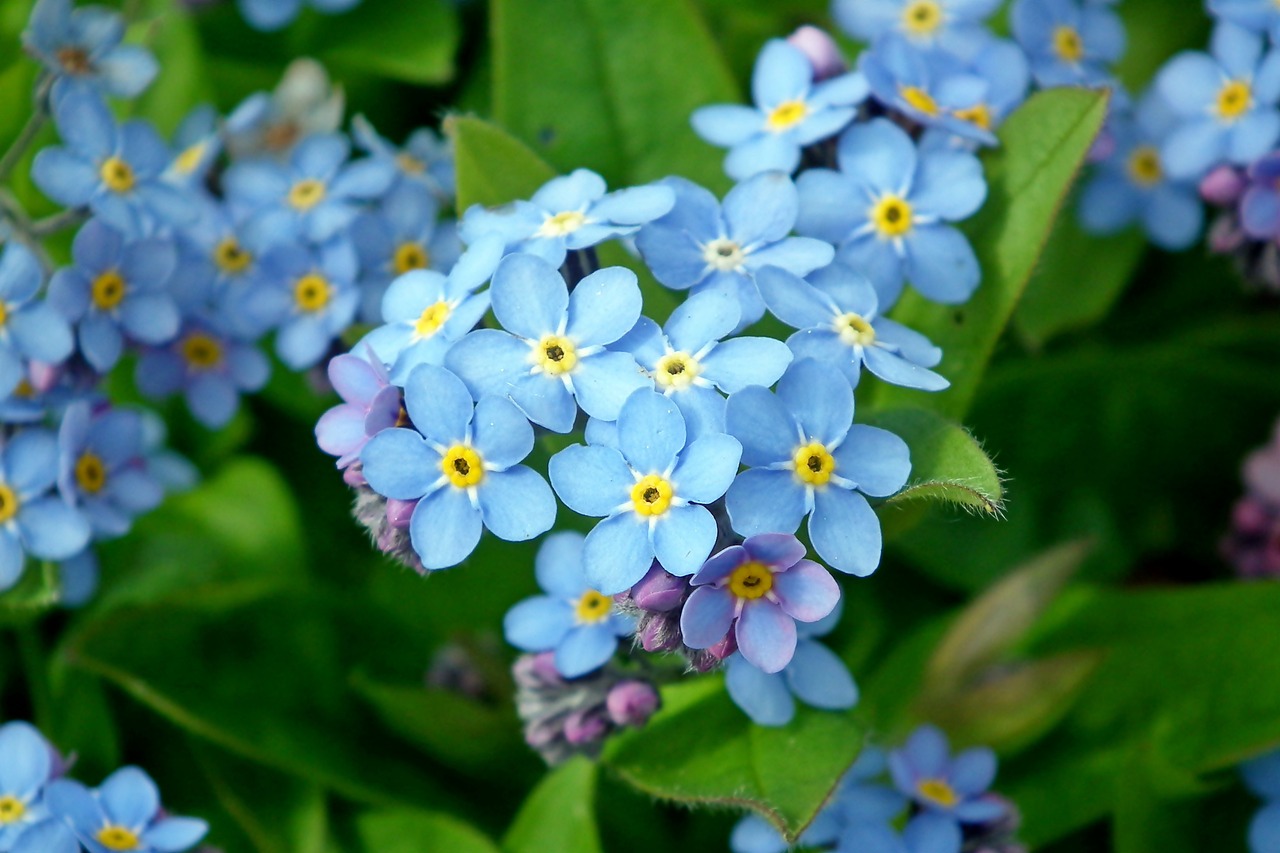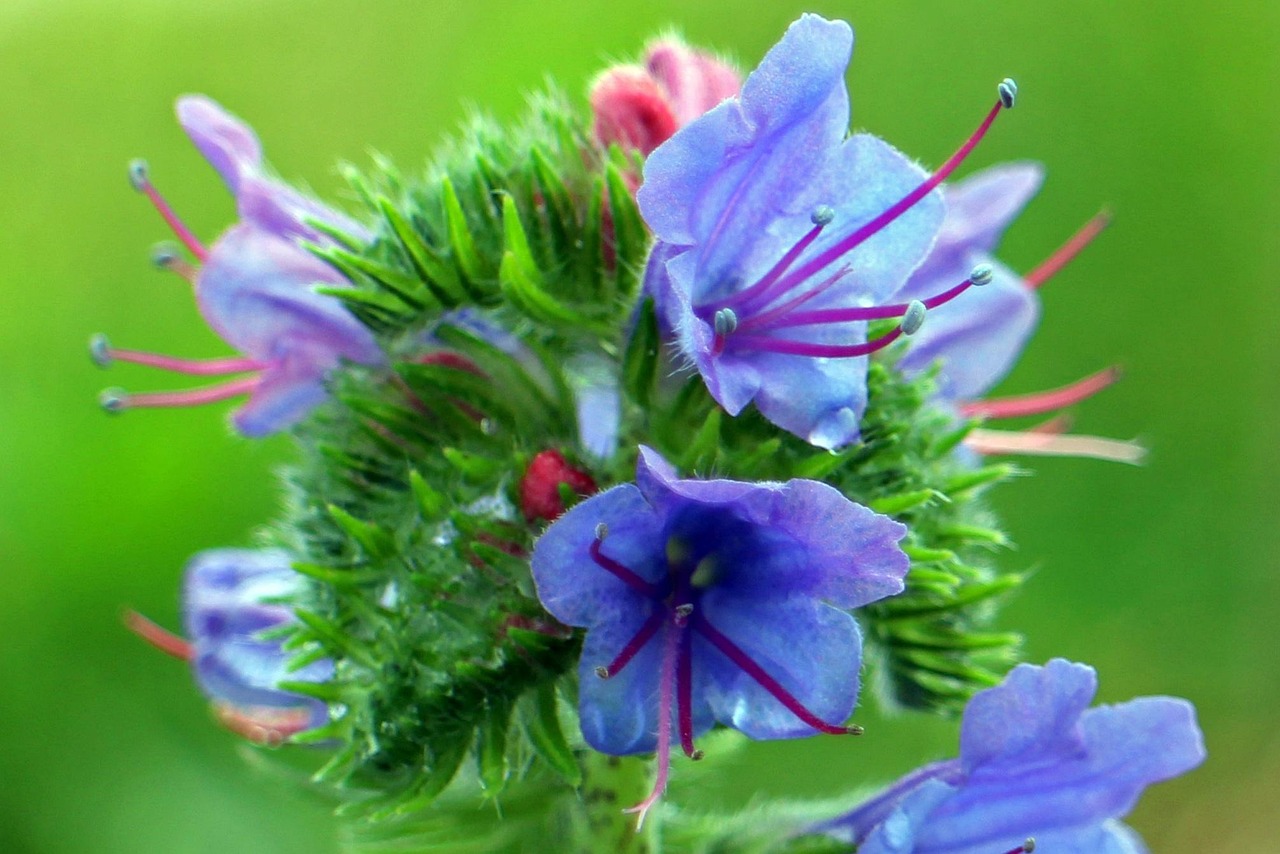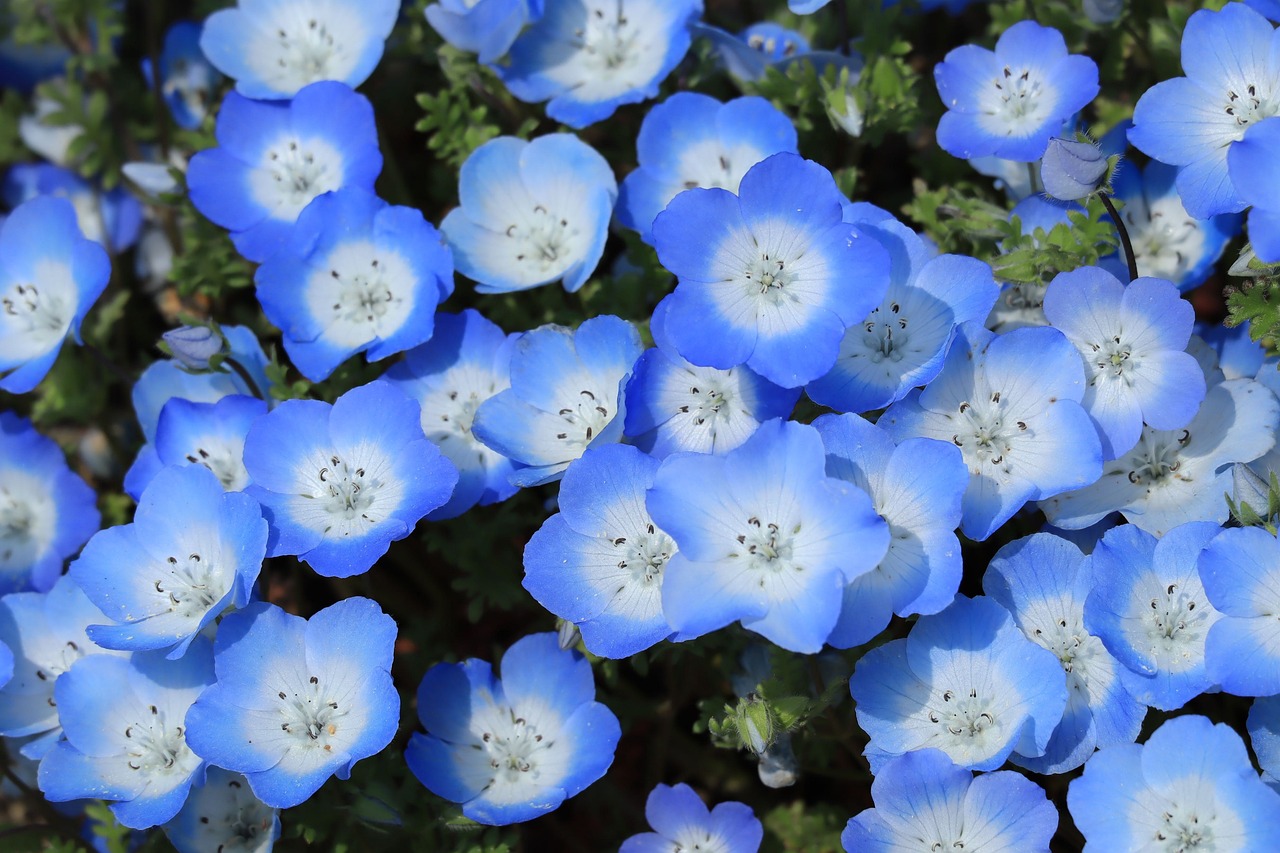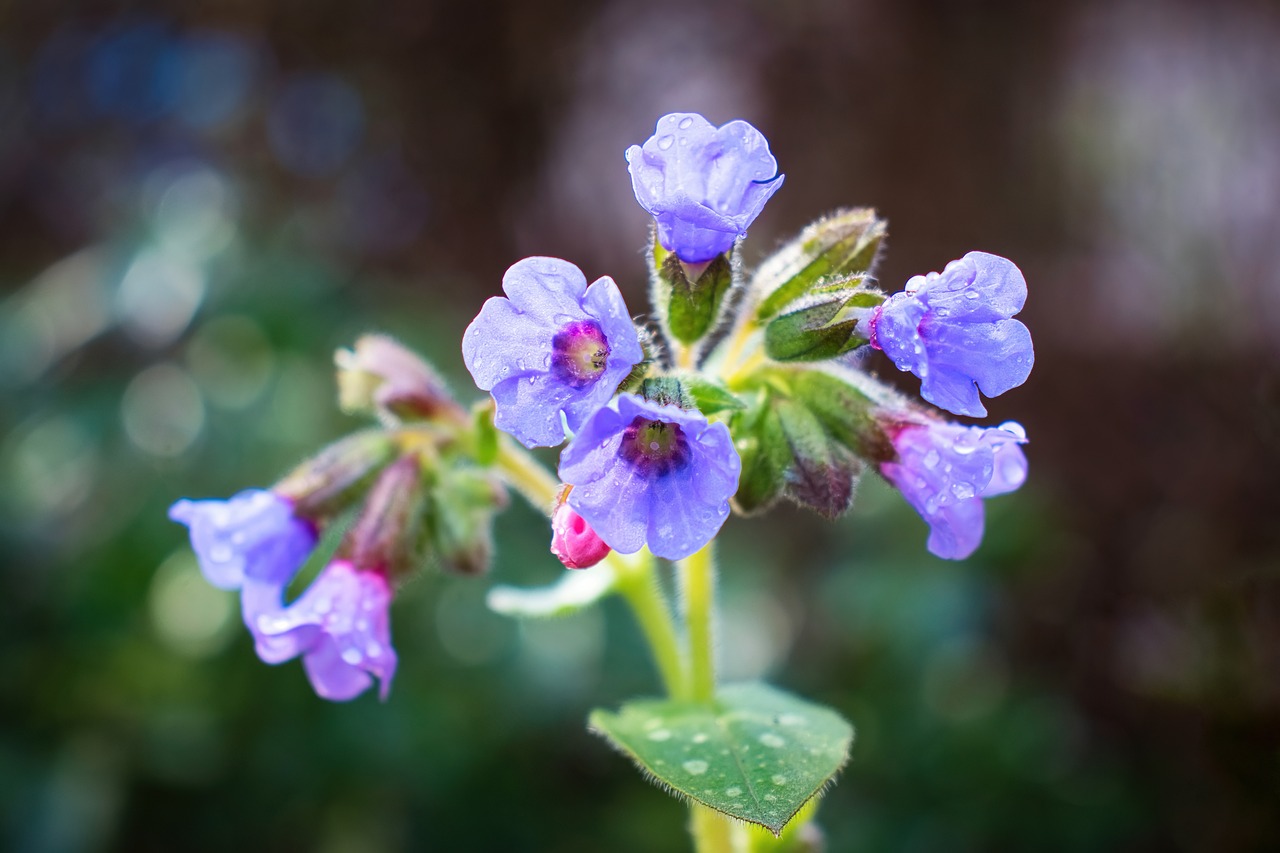Borage | A Star-Shaped Herb Reflecting the Blue of the Sky
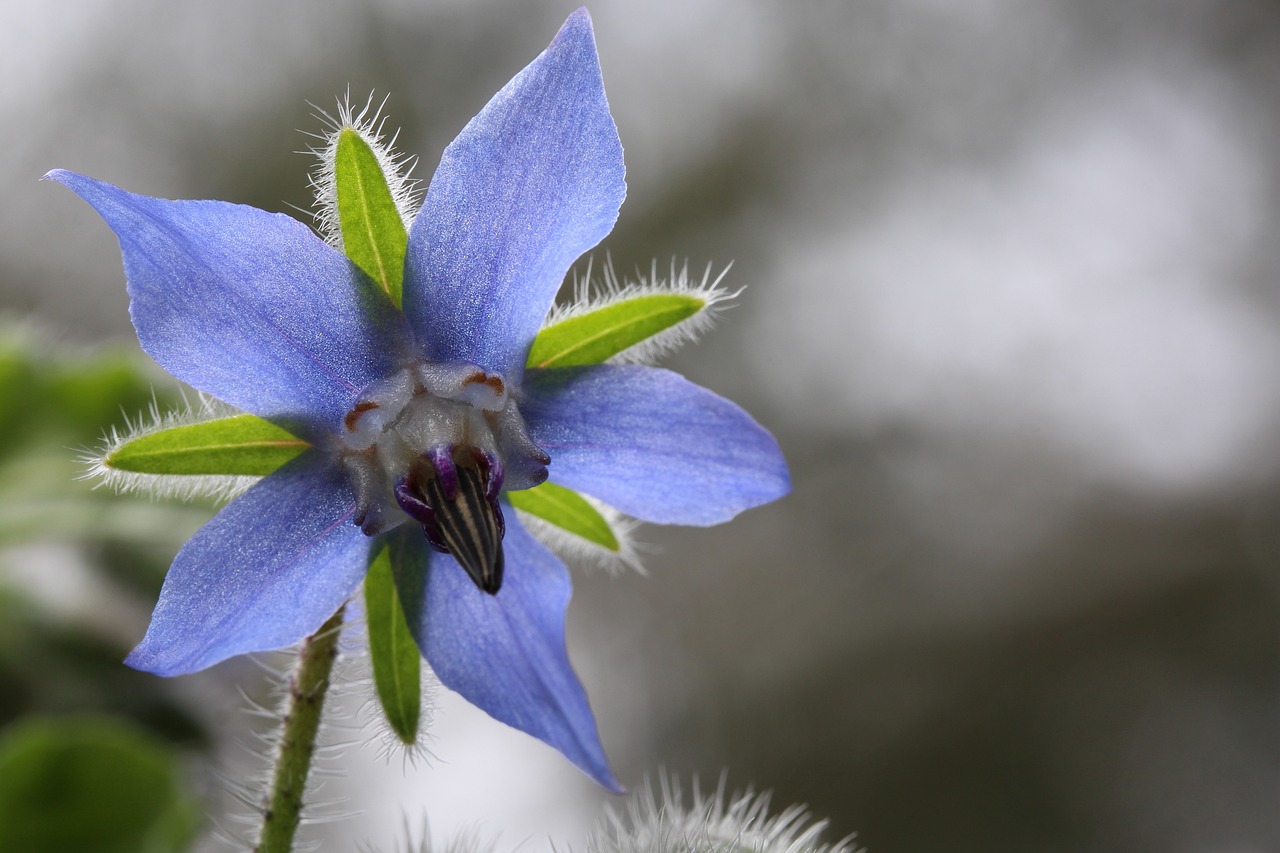
Borage is an herb characterized by its beautiful blue star-shaped flowers, which add a natural touch of color to any garden. Its vivid blue blossoms are highly valued as ornamentals and have graced European gardens since ancient times.
In this article, I will introduce the essential information about borage, its cultural background, and practical tips for gardening.
Basic Information
- Scientific name: Borago officinalis
- Family: Boraginaceae
- Origin: Mediterranean coast
- Appearance: Borage grows to a height of about 30–60 cm. Its leaves are covered with soft hairs, and its bright star-shaped flowers are usually blue, although white and pink varieties also exist. Because the plant blooms continuously, it provides long-lasting color in the garden. The leaves are slightly rough to the touch, but they are deep green and resilient.
- Blooming season: From spring to summer, with vivid blue flowers that easily catch the eye.
Cultural Significance Worldwide
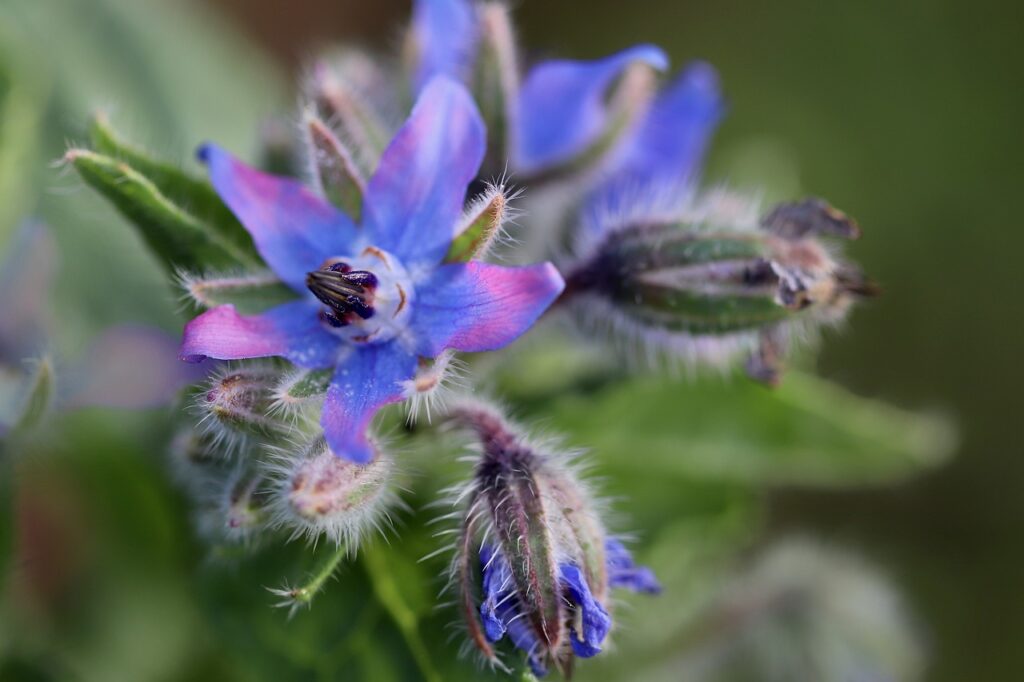
Borage has long been deeply rooted in European culture. In England, it is often planted in gardens, where its striking blue flowers have symbolized “courage” and “strength.”
The flowers have also been used to decorate tables, adding a touch of brilliance to traditional European dishes and drinks.
Within English garden culture, borage is considered a classic plant that embodies natural beauty.
Historical Episodes
The history of borage dates back to ancient Greece and Rome. At that time, borage was cherished as a flower that “gives courage to the heart.”
According to Greek mythology, heroes wore borage blossoms before heading into battle.
In medieval Europe, borage adorned banquets of the nobility, its vivid blue blossoms enhancing the atmosphere of grand feasts.
In 16th-century England, borage became a popular element of gardening and appeared in poetry and literature.
During Shakespeare’s era in particular, borage was praised as a symbol of love and courage, enchanting many with its beauty.
Gardening Advice
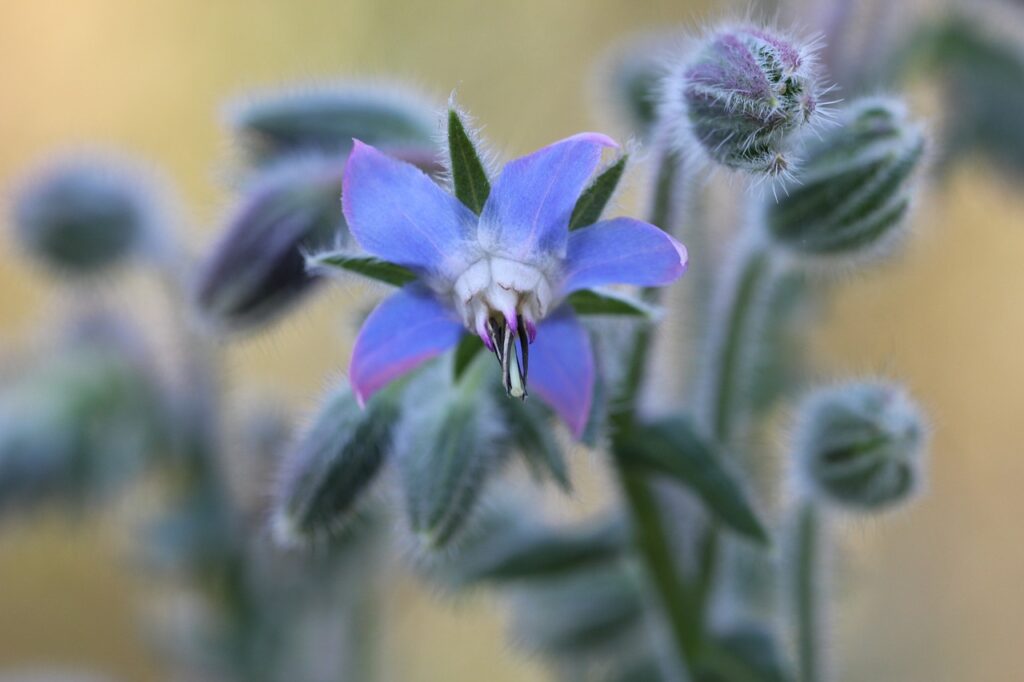
Borage thrives in sunny locations. Being native to the Mediterranean, it grows best when it receives abundant sunlight.
Well-drained soil is ideal, and because borage is relatively resistant to dryness, it is best to avoid overwatering. Water moderately when the surface of the soil has dried.
Borage grows quickly and spreads easily once established. If grown from seed, it germinates well when sown in early spring.
As a self-seeding plant, borage will naturally sprout again the following year, making it easy to maintain.
Regular pruning, such as removing withered flowers, encourages further blooming.
Borage is also known as a companion plant that supports the growth of others. When planted with tomatoes or eggplants, it helps prevent pests and diseases.
Conclusion
Borage is an easy plant to grow, even for beginners, thanks to its striking blue blossoms and hardy nature. It blends well with other plants and enriches the garden’s ecosystem with its natural beauty.
I encourage you to grow borage and bring brightness and the power of nature to your garden or balcony.

